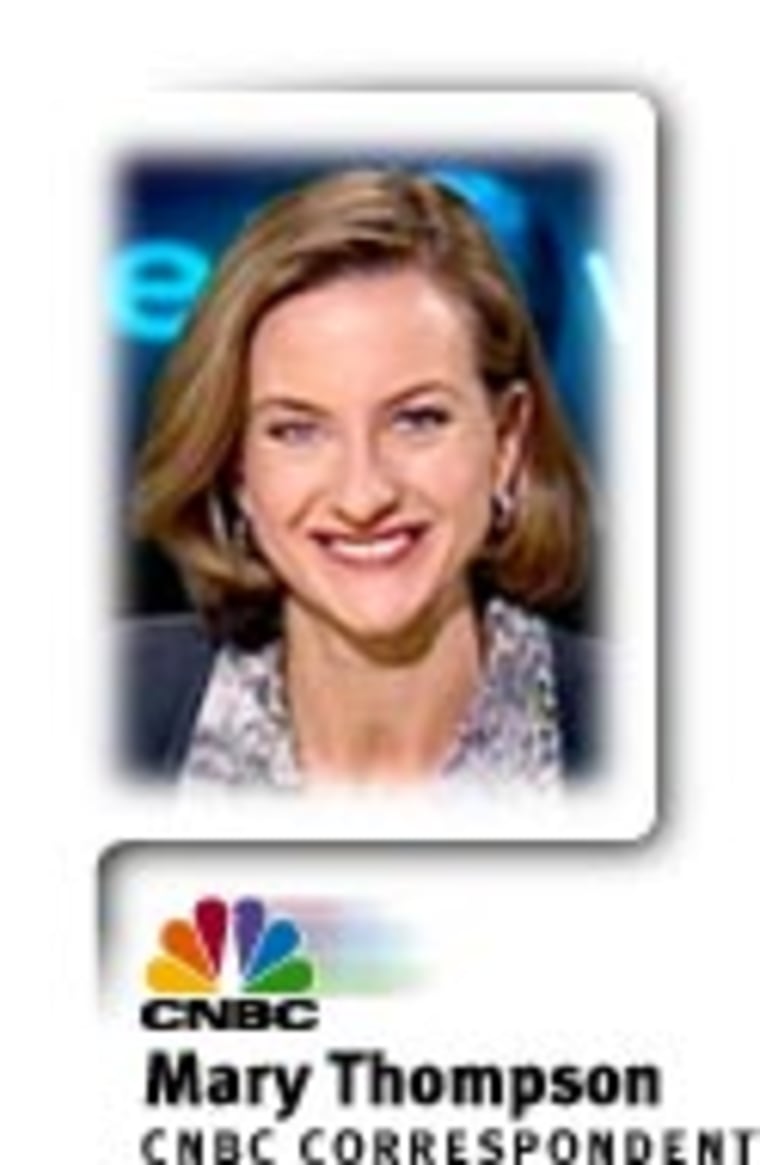In the past decade, the Pitney Bowes Company transformed itself from a maker of postage meters into a document management company with a software orientation. But managing through that change may be nothing compared with what the company and several others are anticipating over the next decade ... a clash of generations.

“THIS GENERATIONAL ISSUE has just begun to emerge in the human resources’ consciousness of major companies,” said Johnna Torsone, chief human resources officer at Pitney Bowes.
The work force is dealing with members of four generations, working side by side: The last generation of the World War II generation, the baby boomers, the Generation Xers born in the late 1960s and 1970s and the youngest generation, known to some as Generation Y.
All have different value systems, different expectations and different stereotypes.
“Baby boomers live to work. Generation Xers work to live,” said Chris Michalak, human resources consultant for Towers Perrin.
The baby boomers are by far the biggest generation. And demographers say there are not enough people in Generation X to replace them.
As it stands, financial pressures are forcing postponed retirements.
That means the boomers will be sticking around the workplace a lot longer, creating a glass ceiling of sorts for GenX.
The stresses may have begun with the slow economy.
This year, the number of workers over 55 years old that are coming back into the job market have surged. And that’s contributing to the worst job market for recent college graduates in memory.
“They may be taking jobs that used to go to young people,” Michalak said. “Go to a McDonald’s these days and you will see more older workers.”
All this has spawned generational consciousness-raising, especially at knowledge-based companies like Pitney Bowes.
“We have brought in experts, we have taken part in studies, we have begun to educate our senior managers about what is going to happen over the next five to ten years,” Torsone said.
It is said, younger workers demand more feedback and better technology.
As companies strive to manage diversity in age groups, the lessons learned with gender and race sensitivity will likely be reapplied.
“It’s just good management to understand what makes an individual tick,” Torsone said.